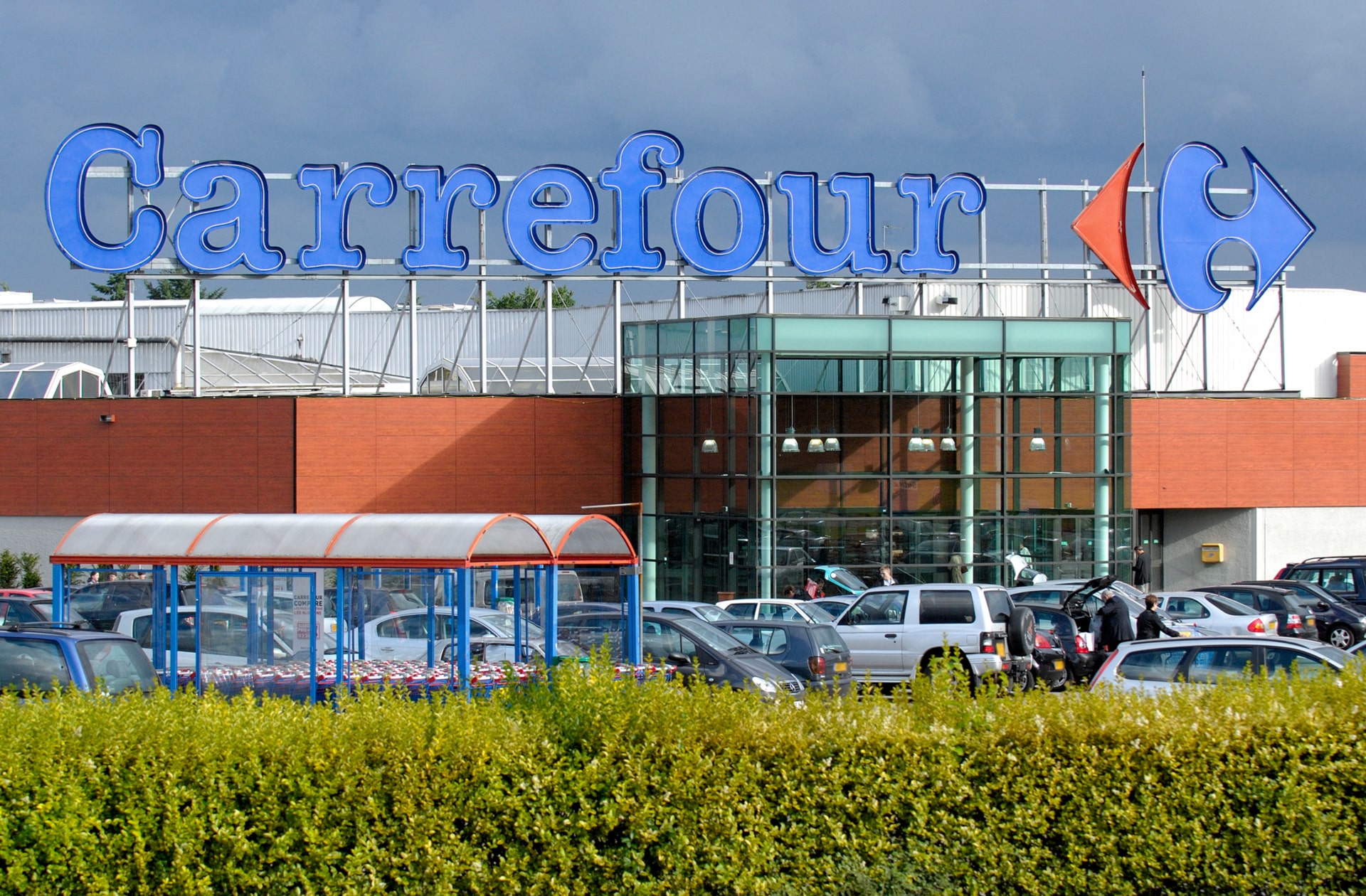An image of commerce and mass retail that remains largely positive, driven by the sector’s close relationship with the French public
Ranked seventh among the sectors surveyed in France, commerce and mass retail continue to enjoy a largely favorable opinion (52%). However, while agriculture (78%), tourism (also 78%) and catering (77%) remain at the top of the rankings, the overall image of certain sectors has deteriorated significantly compared to 2022. This is the case for the latter two (down 4 and 5 points respectively) as well as the agri-food industry (48%, down 5 points) and, above all, the automotive industry: still valued by two-thirds of French people three years ago, it has fallen to 56% in 2025, a drop of 10 points. In this context, the 4-point decline in the image of retail and mass distribution appears to be limited.
Expectations for a shift towards more service-oriented stores
Two main expectations seem particularly important to consumers: the development of in-store services (85% of TOTAL favorable, including 30% “very favorable”) and the reuse of packaging (84%), which—tested for the first time in this barometer—has a high score of very affirmative respondents (42% “very favorable”). The hierarchy of other expectations has changed little since 2022.
There are just a few slight declines in the sale of second-hand products (76%, down 5 points) and features that now seem more commonplace, such as online shopping (65%, down 4 points) and fast home delivery (60%, down 6 points).
On the other hand, automated stores are gaining in popularity, while remaining at the bottom of the list (29%, +4 points), particularly among young people (42% of those under 35) and in the Paris metropolitan area (42%), while rural residents are less enthusiastic (only 17%).
In its role as an employer, the sector is improving its overall image, while remaining characterized by low-skilled or low-paid jobs, but also as a place where everyone can find their place.
The perception of a sector offering low-paid jobs (86%), low-skilled jobs (85%) or part-time jobs (85%, down 3 points) remains deeply rooted, but is accompanied by an equally strong impression that jobs in this sector are accessible to everyone (84%).
Among the dimensions newly tested this year, the majority of respondents recognize the advantage of this sector in terms of “working with people” (75%), the opportunity to “acquire skills that are useful and valuable in other sectors” (65%), and “the pride it brings, despite common prejudices” about the sector (63%) .
It should also be noted that respect for gender equality seems to be more visible than three years ago (59%, +7 points). However, opinions are more mixed when it comes to job security (49%, more so among the working classes: 54%) and the possibility of rapid career advancement (47%), despite an increase of 5 points. Furthermore, job relocations appear to be slightly less characteristic of the sector (44%, -6 points).
The super/hypermarket model is not dead! Far from it.
Supermarkets and hypermarkets are consolidating their leading position in terms of both footfall (68% shop there “at least once a week for everyday purchases,” up 3 points) and in terms of preference (65%, particularly among those aged 65 and over (73%)), thus widening the gap with local shops in town centers (43% weekly footfall and 36% preference, down 4 points). The gap in popularity was 22 points in 2022, and is now 29 points.




